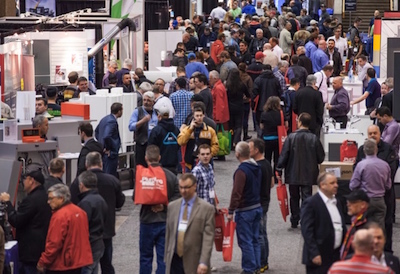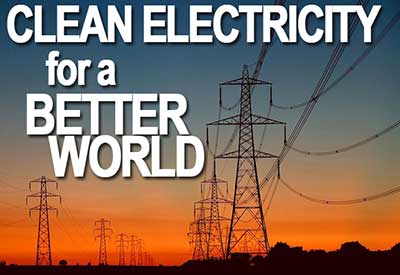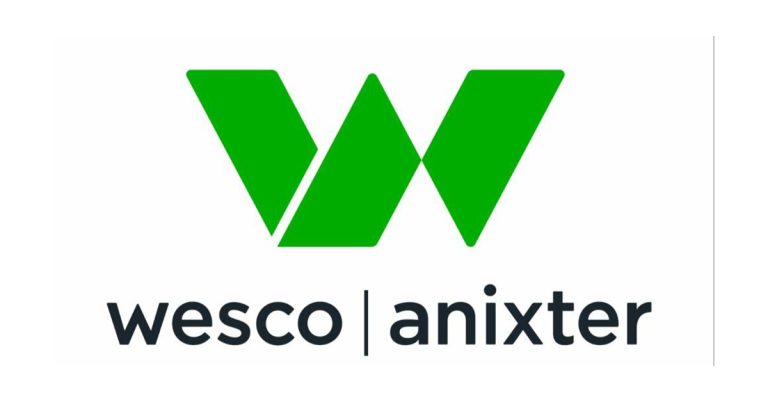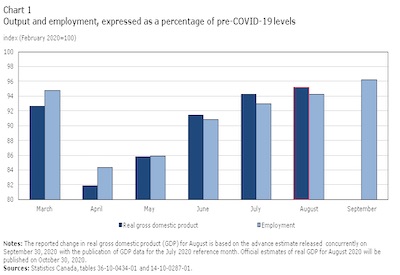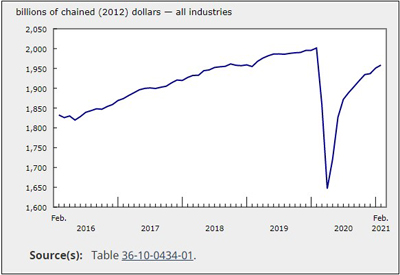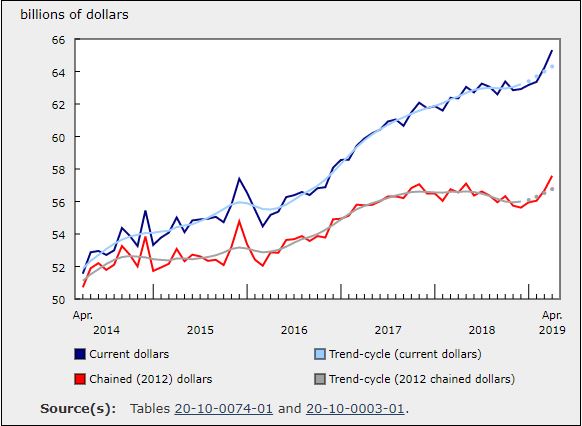Energy Efficient Commercial Lighting: Lower Lamp Sales, Higher Controls and Service Sales

LED, Fluorescent, HID, Halogen, and Incandescent Lamps and Luminaires in Commercial Buildings: Global Market Analysis and Forecasts
The ongoing sea change between fluorescent and light-emitting diode (LED) lighting technologies amounts to a significant disruption for the lighting industry, potentially changing the methods by which lighting is provided and sold to customers. As a result of the lengthening lifespans of LED lamps, lighting companies are beginning to change their focus from that of equipment suppliers to service providers. Moreover, lighting companies will need to stay aware of these broader shifts and continue offering new and innovative products and services to meet demand.
Due to the much longer lifespan of LED lamps, Navigant Research expects overall revenue from lamp sales to decrease in the coming decade. To avoid this inevitable decline, companies are broadening their offerings by expanding to lighting controls and lighting services. Just as the tech giants of decades past (e.g., Hewlett-Packard and IBM) had to make the shift from hardware to software and services, today’s lighting giants are becoming providers of complete lighting solutions rather than just the physical elements that emit light. According to Navigant Research’s research report, Energy Efficient Lighting for Commercial Markets: LED, Fluorescent, HID, Halogen, and Incandescent Lamps and Luminaires in Commercial Buildings: Global Market Analysis and Forecasts, global lamp revenue is expected to decline from US$18.5 billion in 2014 to US$12.8 billion in 2023.
This report analyzes the global market for lighting within commercial buildings, providing an analysis of the market issues, including drivers and trends, barriers, cost issues, and technological developments, associated with lamps and luminaires intended for the commercial market. Global market forecasts for unit sales and revenue, segmented by region, building type, lamp type, lamp style, construction type, and integration status, extend through 2023. The report also examines the key standards and regional influences related to lighting technologies in commercial buildings and profiles a range of industry players.
The report examines these key questions:
• How quickly is LED lighting expected to spread across various commercial building types and global regions?
• What are the key drivers encouraging the rapid adoption of LED lighting?
• How are lighting companies positioning themselves for success in this changing market?
• How will the installed base of lighting in commercial buildings shift over the coming decade?
• What factors affect lighting decisions in different commercial building types and regions of the world?
• Which countries have legislation to encourage the use of energy efficient lighting?
• What is the outlook for lamps and luminaires in each global geographic region?
• What technology trends may affect the future of the lighting market?
Find out more about the report: Energy Efficient Lighting for Commercial Markets: LED, Fluorescent, HID, Halogen, and Incandescent Lamps and Luminaires in Commercial Buildings: Global Market Analysis and Forecasts file://localhost/Energy Efficient Lighting for Commercial Markets LED, Fluorescent, HID, Halogen, and Incandescent Lamps and Luminaires in Commercial Buildings/ Global Market Analysis and Forecasts.

